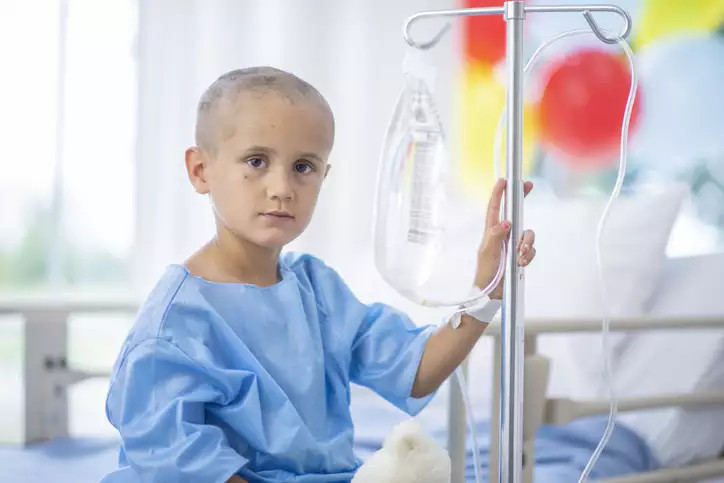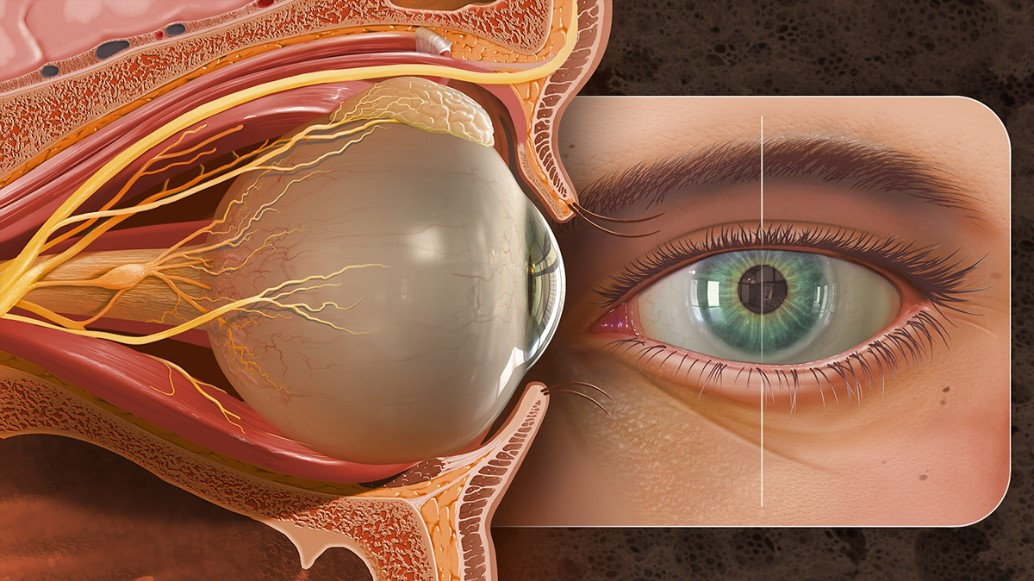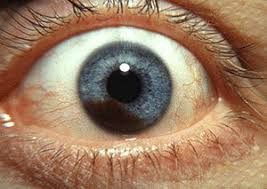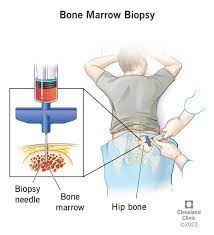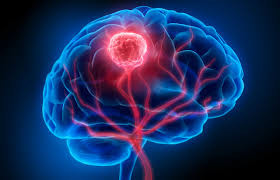Definition
Leukemia is a type of blood cancer and the most common type of cancer in children. In leukemia, cancer originates in the cells that typically mature into different types of blood cells. The cancerous cells in leukemia typically derive from the early stages of white blood cells.
Leukemia is the most common type of cancer affecting children, with approximately 1 in 3 children diagnosed with cancer having leukemia. Various types of leukemia are distinguished by the speed of cancer development and the initial location where leukemia originates.
Acute Leukemia
Most leukemias in children are acute, meaning that cancer cells develop rapidly. The main types of acute leukemia are:
- Acute lymphoblastic leukemia (ALL): This type of leukemia accounts for about 75% of childhood leukemia cases. It typically affects children between the ages of 2 and 4. The initial mutation occurs in early-forming white blood cells called lymphocytes.
- Acute myeloid leukemia (AML): AML is the second most common type of leukemia in children. It originates from myeloid cells, which normally give rise to white blood cells (other than lymphocytes), red blood cells, or platelets.
- Mixed-phenotype acute leukemia (MPAL): This is a very rare form of acute leukemia that exhibits features of both ALL and AML.
Chronic Leukemia
Chronic leukemia rarely occurs in children. This type of leukemia tends to grow more slowly than acute leukemia but is also more challenging to cure. Chronic leukemia can be divided into 2 main types:
- Chronic myeloid leukemia (CML): In chronic myeloid leukemia, cells do not mature or develop fully. White blood cells are less effective at fighting infections than normal white blood cells. The malignancy originates from myeloid cells, which will become white blood cells. Chronic leukemia takes a long time to cause problems and is more challenging to treat than acute leukemia.
- Chronic lymphocytic leukemia (CLL): In chronic lymphocytic leukemia, mutations occur in cells that will develop into lymphocytes, a type of white blood cell that fights infections. Chronic leukemia develops more slowly than other types.
Causes
There are several types of blood cells to be aware of:
- Red blood cells (erythrocytes), carry oxygen from the air we breathe to all tissues.
- White blood cells (leukocytes), fight infections and other diseases in the body.
- Platelets (thrombocytes), help with blood clotting and stopping bleeding.
Like cancer, leukemia is caused by mutations or changes in the DNA (genetic material) inside normal bone marrow cells. These mutations cause the cells to grow uncontrollably, leading to the development of leukemia cells.
Leukemia cells grow within the bone marrow, which is responsible for producing blood cells. As a result, the bone marrow produces abnormal and unhealthy blood cells. These abnormal cells multiply rapidly and crowd out the healthy blood cells.
Genetic changes can be inherited from parents to children, or they can occur spontaneously in children if cells in the body make mistakes during cell division. However, most cases of leukemia in children are not caused by inherited mutations in the family.
Some gene mutations can occur early, even before birth. In rare cases, exposure to radiation or chemicals that cause cancer can lead to gene mutations, although most mutations occur without a clear cause.
Risk factor
The exact cause of many cases of leukemia in children remains unknown. Most children with leukemia do not have identifiable risk factors. However, certain factors can increase a child's risk of developing leukemia:
Genetic factors
While many cases of leukemia are not linked to known genetic conditions, certain genetic factors can elevate a child's risk. These include inherited congenital syndromes, inherited immune disorders within the family, or having siblings or twins with leukemia.
Environmental factors
Exposure to certain environmental factors can also heighten the risk of leukemia in children. These may include exposure to radiation and certain chemicals. Additionally, children undergoing intensive therapy to suppress the immune system, especially those undergoing organ transplantation, may have an increased risk of leukemia.
Symptoms
As cancer cells accumulate in the bone marrow, average blood cell production becomes increasingly compromised. This reduces the production of healthy red blood cells, white blood cells, and platelets. Cancer cells in leukemia can also spread to other body parts, resulting in various symptoms.
The symptoms experienced by a child will depend on the decreased levels of different types of blood cells. If their red blood cell count is low, the child may exhibit symptoms of anemia, including fatigue, weakness, coldness, dizziness or lightheadedness, shortness of breath, and pale skin.
Additionally, a deficiency in white blood cells, vital for the immune system, can render a child more susceptible to persistent or recurrent infections, often accompanied by fever. Conversely, a low platelet count can manifest as symptoms such as easy bruising, bleeding gums, or frequent nosebleeds.
Other potential symptoms in leukemia patients encompass:
- Joint or bone pain.
- Abdominal swelling.
- Decreased appetite and unintended weight loss.
- Enlargement of lymph nodes.
- Swelling in the face and arms.
- Headaches, seizures, or vomiting.
- Profound fatigue or weakness.
Diagnosis
Diagnosing leukemia typically involves a medical interview, physical examination, and diagnostic tests. During the medical interview, the doctor will inquire about the child's medical history to understand their symptoms and how long they have been experiencing them. The doctor will also ask about any exposure to risk factors. Additionally, family medical history, such as a history of cancer, may be discussed.
During the physical examination, the doctor will carefully assess the child for signs of enlarged lymph nodes and internal organs and any bleeding, bruising, or signs of infection. The entire body will be thoroughly examined to evaluate for any abnormalities or symptoms related to leptospirosis.
Diagnostic tests play a crucial role in confirming the presence of leukemia. The doctor may recommend the following examinations:
- Blood tests: A blood test is the first examination conducted to detect leukemia. Complete blood count (CBC) and blood smear are commonly used tests.
- Bone marrow aspiration and biopsy:
- Bone Marrow Aspiration: A fine needle is inserted into the bone to extract bone marrow fluid.
- Bone Marrow Biopsy: Usually performed after aspiration. A small sample of bone marrow tissue is taken with a slightly larger needle.
- Lumbar puncture (Spinal Tap): This examination is used to look for leukemia cells in the cerebrospinal fluid. A small needle is inserted between the vertebrae to withdraw the fluid.
- Flow cytometry and immunohistochemistry: These tests classify leukemia cells based on specific proteins present on the cells. They are very useful in determining the type and subtype of leukemia and the disease's response to treatment.
- Chromosome analysis: This examination is beneficial for identifying changes in a child's chromosomes that can help determine the type of leukemia and the response to treatment.
Management
Specific treatment for leukemia in children is determined based on several factors:
- The child's age, health, and medical history
- Type of leukemia and other factors: Different types of leukemia require different treatment approaches. Factors such as chromosomal changes in leukemia cells may also impact treatment decisions.
- Severity of the disease
- Child's tolerance to treatments: The child's ability to tolerate various medications, procedures, and treatments will be considered.
- Treatment preferences of parents or caregivers
Treatment for leukemia in children may include:
- Chemotherapy
- Radiation therapy
- Bone marrow transplantation or stem cell transplantation
- Targeted therapy
- Surgical procedures: Rarely used in leukemia treatment
- Medications to prevent or manage treatment-related complications and side effects.
- Blood transfusions
- Antibiotics: To prevent or treat infections common during leukemia treatment due to weakened immune function.
Complications
Complications of leukemia that may occur include:
- Serious infections
- Severe bleeding
- Blood clotting due to a high number of leukemia cells
Long-term complications of leukemia or its treatment may include:
- Cancer recurrence
- Development of other cancers
- Heart and lung disorders
- Learning disabilities
- Growth and developmental delays
- Reproductive function disorders
- Bone disorders such as osteoporosis
Prevention
There is no known way to prevent cancer in children. Most childhood leukemia patients don't have known risk factors, so there is no definite way to prevent leukemia.
Some leukemias are caused by cancer therapy, such as radiation and chemotherapy, or as a result of using immune-suppressing drugs to prevent organ transplant rejection. Doctors are still looking for ways to treat cancer patients and perform organ transplants without increasing the risk of leukemia.
Sometimes, individuals may require X-ray or CT scan examinations during pregnancy. Generally, the radiation doses used are much lower than those used for therapy. The radiation risk is very small if there is an increased risk due to these examinations. However, for safety reasons, most doctors recommend that pregnant women and children avoid imaging tests unless absolutely necessary.
When to see a doctor?
If your child experiences these symptoms, it's important to take them to the doctor so their condition can be treated promptly. Early treatment can significantly improve a child's prognosis and life expectancy.
Looking for more information about other diseases? Click here!
- dr Hanifa Rahma
Leukemia in children (no date) American Cancer Society. Available at: https://www.cancer.org/cancer/leukemia-in-children.html (Accessed: March 20, 2023).
The Children's Hospital of Philadelphia (2014) Pediatric leukemias, Children's Hospital of Philadelphia. The Children's Hospital of Philadelphia. Available at: https://www.chop.edu/conditions-diseases/pediatric-leukemias (Accessed: March 20, 2023).
Cedars Sinai. Leukemia in Children. Available at: https://www.cedars-sinai.org/health-library/diseases-and-conditions---pediatrics/l/leukemia-in-children.html (Accessed: March 20, 2023).


